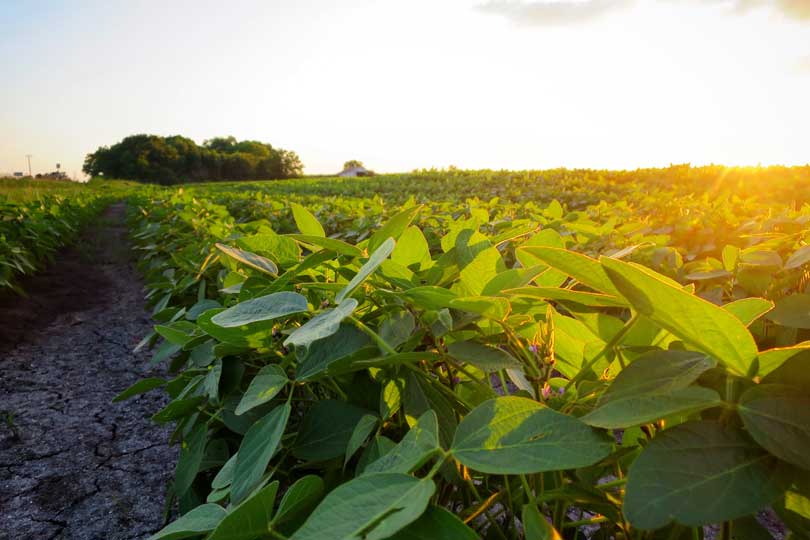By Jennifer Dorsett
Field Editor
In agriculture, adjuvants are any additives that enhance a pesticide’s or herbicide’s activity. Adjuvants are helpful when applying crop protection, but selecting the best product can be complicated.
Numerous adjuvants are available, including nonionic surfactants, crop oil concentrates, methylated seed oils, buffering agents, antifoam agents, drift control agents and fertilizers. Some products are interchangeable.
The Council of Producers and Distributors of Agrotechnology (CDPA), which represents agricultural adjuvant and inert ingredient suppliers, has information and resources to help select the correct product.
“We estimate this business is somewhere between $750 million and $1 billion per year,” Joe Gednalski, manager of CPDA Membership and Value Promotion, said. “This is a sizeable business in the United States—and an important part of making herbicides work.”
CPDA created an adjuvant certification program in 2001, which requires a product to meet 17 benchmarks to become certified. Working with ASTM International, formerly known as the American Society for Testing and Materials, CPDA standardized terminology across the adjuvant manufacturing industry.
According to Gednalski, research shows a product applied without an adjuvant could see a 30-90 percent reduction in performance but selecting the wrong adjuvant could cut performance by 5-50 percent and possibly increase crop injury.
Certification process
More crop protection companies are requiring a CPDA adjuvant certification. In fact, Gednalski noted, 480 products now require the use of a certified adjuvant.
Currently, only 180 adjuvants are certified by CPDA and carry the CPDA seal, but Gednalski said there are more than 2,000 adjuvants available to farmers, depending on the region.
But there is a renewed effort to promote the importance of certification to users and retailers, Gednalski said.
In addition to the certification available through CPDA, Purdue University releases a biennial compendium of Herbicide Adjuvants, which may assist farmers in selecting the best option.
The 2020 compendium should be ready later this year and will feature more than 800 adjuvants. All companies can submit their products to be included, and the guide will denote which adjuvants are CPDA-certified.
Research proves adjuvant performance
While certification is useful, Bryan Young, a botany and plant pathology professor at Perdue University, noted getting farmers to accept adjuvants as a necessary component of crop protection can be a challenge.
“Adjuvants perform based on the environment they’re applied in,” he said. “If you have an optimal environment to apply an herbicide, there may be little difference. But in those adverse weather conditions, the adjuvants do pay off.”
CPDA certification ensures consistency in product, which should add up to consistency in performance, he said.
Adjuvants also play a role in preventing herbicide resistance. Each time an herbicide is applied, according to Young, applicators should aim for optimal product activity, which is what adjuvants are intended to do.
“If you apply an herbicide but compromise the herbicide’s activity and get a level of surviving weeds that can reproduce over time, you’re selecting for resistance,” Young said. “That’s how glyphosate resistance happened. Some application methods were less than ideal.”
As fewer new modes of action come to market, concerns of herbicide resistance continue to rise.
Gednalski added the increased use of multiple mode-of-action tank mixes make selecting the correct adjuvant even more important.
“Finding the right adjuvant makes a difference in how the newest chemistry we have works,” he said.
For more information on CPDA, visit https://cpda.com.
Click here for a list of certified adjuvants.

